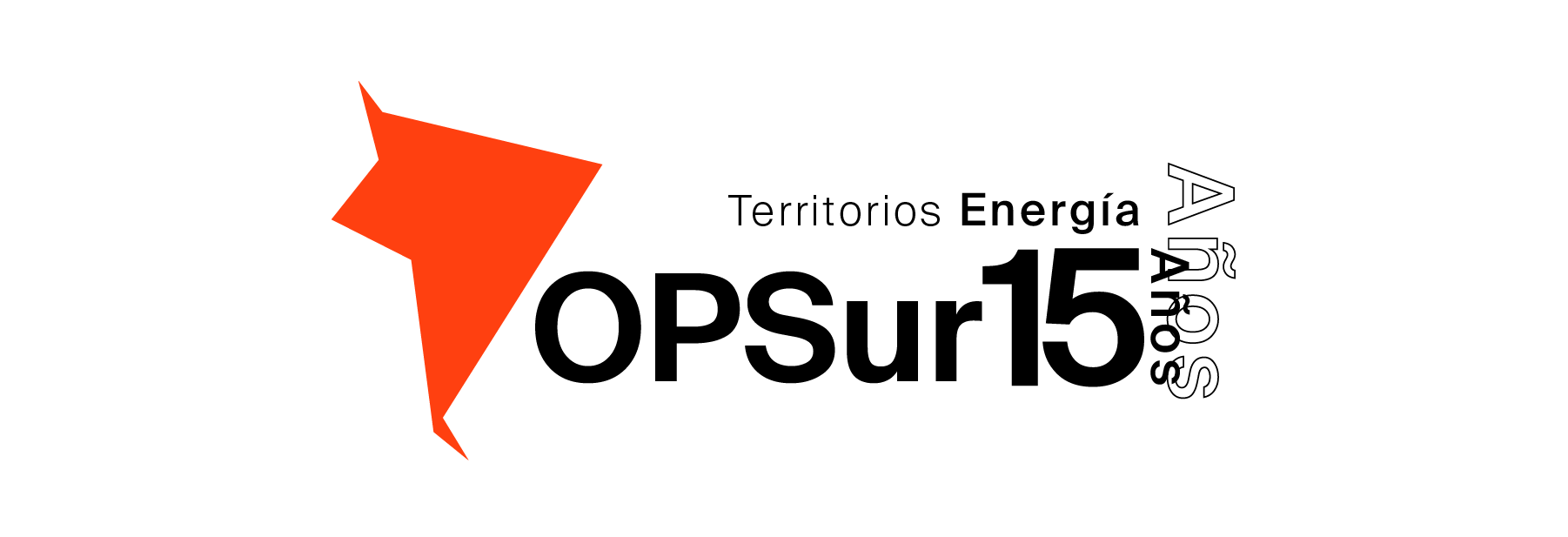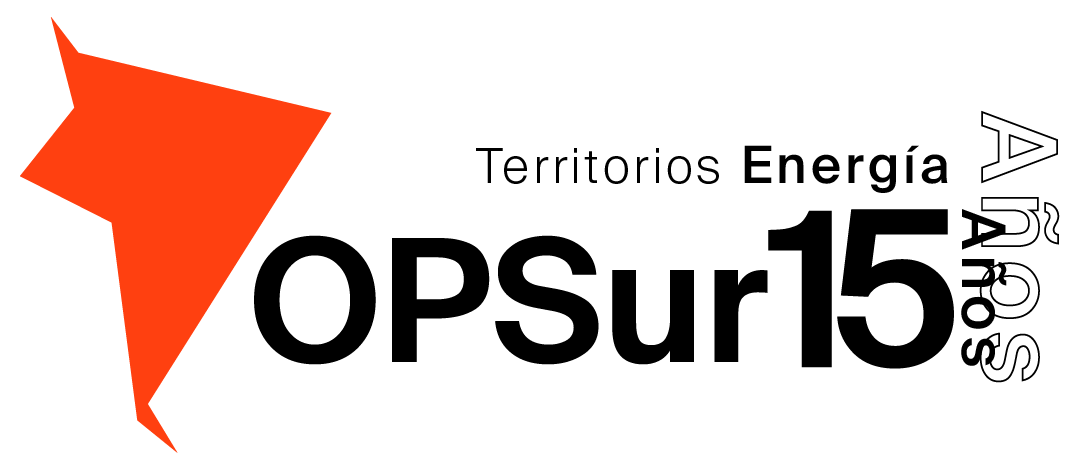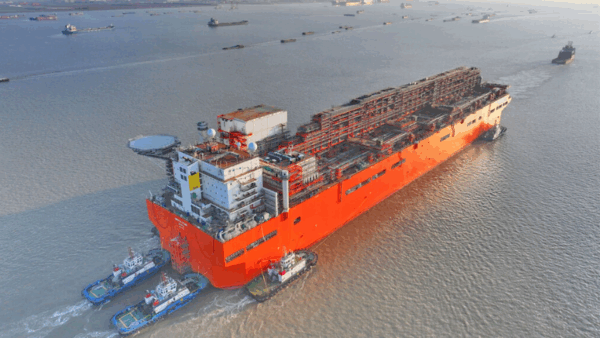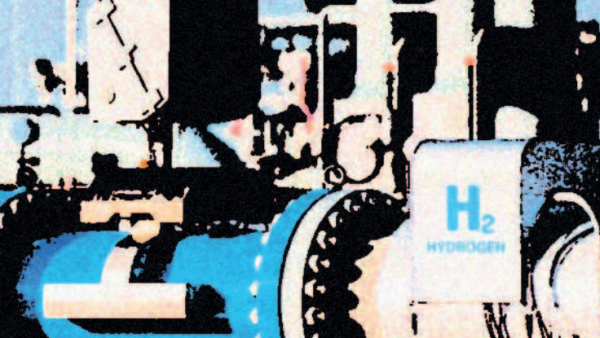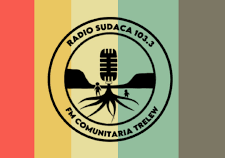In the last week of October, environmental organisations Observatorio Petrolero Sur (OPSur) and Taller Ecologista hosted a conference on environmental health and unconventional petroleum production (better known as hydraulic fracturing, or fracking). The conference included speeches and panels featuring scientists, policymakers, and community members in Buenos Aires and Neuquén.

Mapuche leader Albino Campo whipes off the oil that has contaminated his drinking water in Neuquén (photo by Kyle Ludowitz)
Neuquén, in the Northern Patagonia region, is already the site of fracking operations. As The Indy has reported, Mapuche lands and communities in Neuquén are being heavily impacted by fracking.
Three guests from New York state also participated in the conference. Dr. Sandra Steingraber and Dr. Kathleen Nolan work with Concerned Health Professionals of New York, a group of scientists opposed to fracking. Colleen Boland is a veteran activist who organised resistance against fracking operations in Seneca Lake, New York.
OPSur has worked with Neuquén’s Mapuche communities in the past and brought the North Americans to Neuquén to participate in the conference events and to see the some of the communities impacted by fracking. Diego di Risio of OPSur said, “We are interested [in the US] because it is the country that has the most experience in this issue.”
Drs. Steingraber and Nolan brought with them a compendium of scientific studies relating to fracking that has recently been translated into Spanish. It includes articles looking at health and environmental effects, as well the social impacts on communities in which fracking takes place.
The Indy sat down with the North Americans to talk about the conference and the fracking debate in the US and Argentina.
What did you see during the visit to Neuquén and how did it compare to your experience at sites that have experienced fracking in the US?
Colleen Boland: For me it all looks the same. The trucks look the same, the air smells the same. The water that comes up out of the ground when it’s contaminated looks the same. The complaints of the people are the same. The fight that we have to dismiss the propaganda of the oil and gas industry is the same. So that’s the thing that I think is striking about this particular industry. It’s the same.
Dr. Sandra Steingraber: I kept having déjà vu. Fracking looks the same wherever it goes; it’s a blight on the landscape. We went into an orchard where fracking production fluid was coming up out of the ground. The group that was guiding us through was also seeing it for the first time; it was brand new. The spill was still in the process of being cleaned up so you could see already that the fruit trees were dying, dead birds on the ground. You could see where the toxic fluid had filled the irrigation channels and flowed into the groves of fruit trees themselves because all the grass had died around that area. We saw water wells where, when you pulled the pump out of the well, it was covered with black oil. We saw water that you could light on fire.
Dr. Kathleen Nolan: The difference that I think I’m seeing—although I’ve been in Argentina a short time—is that in the US, when the industry tries to control information and prevent information about the harms of the industry from getting out, they have to co-opt academics, which has happened. They have to go to communities and co-opt local municipal leaders. They put pressure on doctors by purchasing hospitals. They build things in the community to try to justify the harms. I’ve seen some of that here, but I think that because the industry is partially nationalised, the government has more of a role in setting the tone that the industry will be a good thing.

Mapuche leader Albino Campo with one of his goats in front of an oil pipeline in Neuquén (photo by Kyle Ludowitz)
Can similar tactics be used to resist fracking in the US and Argentina?
Dr. Steingraber: I can only say what works, what I have seen be effective in other communities. Indigenous people are often on the frontlines. They’re on the frontlines to get harmed because of environmental racism. Their communities are selected out for fracking first because they are easy to exploit. In North America the fracking pipeline that carries fracked oil underneath the Missouri river was originally planned near an urban area of Bismarck, North Dakota, where mostly white people live, but it was considered too risky for them. So it was moved into the Native American reservation. I feel like something similar is happening here where the Mapuche people are considered disposable and their lands are grabbed. I saw that both in the urban areas of Neuquén and out in the countryside.
What do you say to people who think that fracking will bring economic benefits to communities?
Colleen Boland: This industry is a boom and bust operation. They [petroleum companies] come in and they frack and then they leave. What they leave behind is a high cost. It’s smoke and mirrors. They’re not accountable for fixing the roads, cleaning up the water contamination.
Dr. Nolan: We could make money by selling our body parts, but if you think about selling an eye or even a kidney—that’s bad. When you start to sell vital organs like air and water and soil in an agricultural country, you’re selling yourself out from underneath yourself. People don’t think of it as selling our heart or liver. They think of it more like donating blood—we can keep pulling it out and it’ll keep regenerating and we can keep going. The research shows that that clearly is not the case. The harms [from exposure to fracking byproducts] are so profound and in many cases most cases so irremediable, that we need to think of it more as we’re selling a body part that we can’t adequately replace.

Anti-Fracking sign in Ithica, New York. (Photo: Ari Moore)
How do you see the role of international collaboration in this effort?
Colleen Boland: I’ve been out in the field as an activist. We get worn out ourselves and we start getting weary. To come into a community where you start to see folks who are harmed, it drives you to go home and work a little bit harder. So that’s a big benefit that I go home with—I go home a little bit madder. I think we saw in a very powerful way here that there’s something to the way that people find their voice and that they don’t feel that they’re alone. That’s one of my messages to folks sitting in a ruca in the Mapuche community. To say: You’re not alone, we’ll take your story back.
Dr. Steingraber: Our job was to simply say: Your personal observations in this community are replicated over and over again and there are now 900 studies in the published literature that say that this is exactly what’s going to happen [as a result of fracking]. Before fracking comes to a community, no one knows about these 900 studies, so the first thing they hear is the propaganda that the industry gives them or that elected officials—who are in the pockets of these industries—give them. It’s a false picture of riches and happiness and security. It’s as though the bedrock were a bank vault that we could open and there’s wealth underneath the ground and it will make all of our communities better. If that’s what you hear, before you hear about the risk for harm, then it’s easy to be seduced. And once the industry is in and the investments are made, once they’re entrenched, it’s very hard to evict them.
What will you take away from your time in Argentina?
Dr. Nolan: One of the things that fracking has given to the world is that the global community is now suffering together. It’s literally true that what we do in Patagonia affects me in New York. The air currents are carrying contaminants from continent to continent. That is in addition to the global warming impacts of methane and other gases released in the fracking process. Direct contaminants—the world is one place.
The 3rd edition of the compendium is available online in English and Spanish. A 4th edition is forthcoming.
